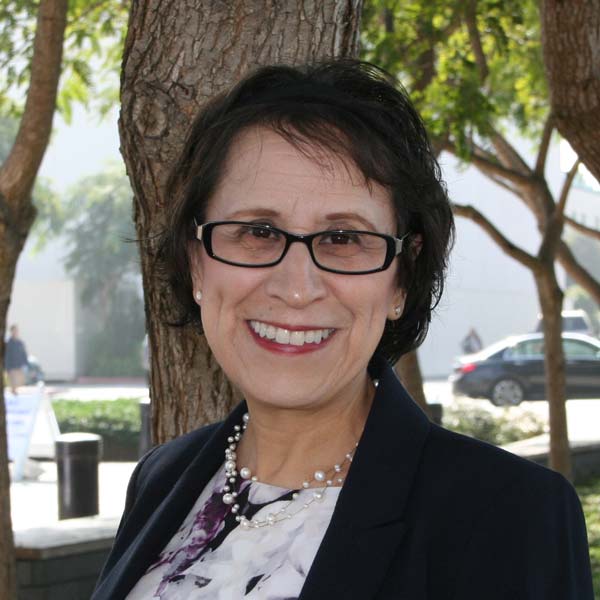Living The Dream | Following the Dream
Catalyst
As a promising doctoral student on the job market, Patricia Martinez was seeking a home at a strong, Hispanic-serving college when she visited informally at the University of Texas, San Antonio. Interviewing with the head of the doctoral program there, she found herself being whisked, to her astonishment, into introductory meetings with the business school dean and the president of the university.
“It was like the CEO of a company taking a personal interest in the hiring of a middle manager,” she says now, still amazed at the experience.
Dr. Martinez accepted a position at UTSA, a school where more than half of the students, but fewer than 15% of the faculty, are Hispanic. “On the first day in class, I saw the young Latina women just sitting there and smiling at the sight of me.”
She plunged headlong not only into teaching, but also into mentoring and helping students outside the classroom. “One student told me, ‘All of my professors are wonderful, but there are just certain questions I feel more comfortable bringing to you.’’’
“I’m on the other side of the desk now, and there are moments of recognizing the responsibility that I am making decisions that affect people’s lives,” says Dr. Martinez, who has already assumed responsibilities in her new employer’s doctoral admissions process and diversity initiatives.
“I want to be a catalyst in people’s lives,” adds Dr. Martinez, who is already doing that and more.
The dream continues…
Now a tenure track professor at Loyola Marymount University in her native southern California, a family considerations-driven move that worked out happily, Dr. Martinez still experiences frequent reminders of the impact of minority faculty. Within her first year at LMU, she had two Hispanic undergraduates tell her that they were very happy to see here there, particularly because they had voiced their concern about the low representation of Hispanic faculty within the College of Business. Currently, the Hispanic minority faculty has increased to six.
She also finds herself advising individuals who are associated with The PhD Project, whether its discussions with prospective minority applicants to doctoral programs or current doctoral students who are navigating their way through their program. She can count three critical conversations with current students within the last three months. She says, “The role that The
PhD Project played in my decision to pursue the degree is so great, that I have made a commitment to talk to any current or prospective PhD Project student who needs my help. It’s my responsibility to pay back the help I received along the way.” Recently, she and a group of Hispanic faculty organized a grass-roots interest group to better connect with and support Hispanic doctoral students and The PhD Project. “We are so few, a minority within the minority, and we are all deeply committed to retaining and supporting our students. The statistics are a stark reminder that The PhD Project still needs every level of support that we can offer.” The group has organized virtual social hours and is sponsoring a professional development workshop at this year’s Academy of Management Annual Meeting.
And it continues to happen…again this past semester, a Latino student smiled a lot when he entered the classroom, frequently asking, “Hola doctora. ¿Cómo está?”

